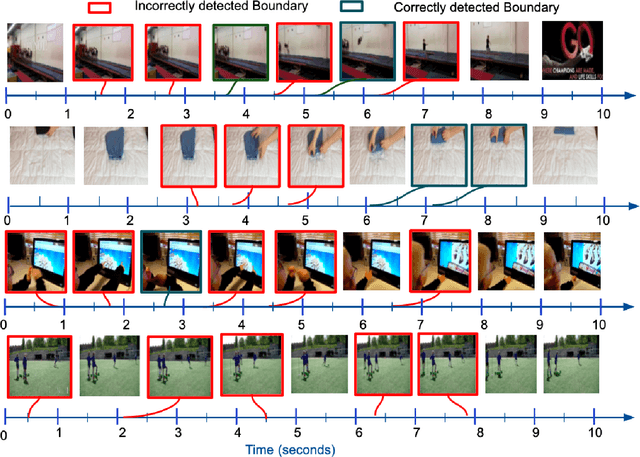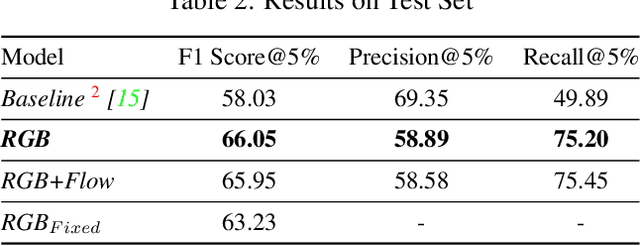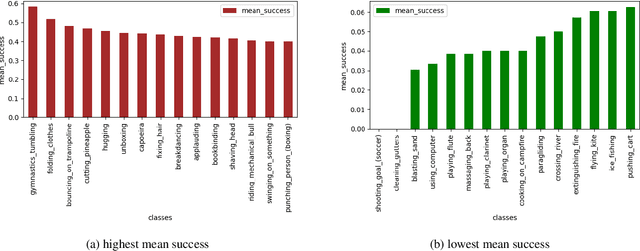Alan F Smeaton
Unifying Synergies between Self-supervised Learning and Dynamic Computation
Jan 22, 2023



Abstract:Self-supervised learning (SSL) approaches have made major strides forward by emulating the performance of their supervised counterparts on several computer vision benchmarks. This, however, comes at a cost of substantially larger model sizes, and computationally expensive training strategies, which eventually lead to larger inference times making it impractical for resource constrained industrial settings. Techniques like knowledge distillation (KD), dynamic computation (DC), and pruning are often used to obtain a lightweight sub-network, which usually involves multiple epochs of fine-tuning of a large pre-trained model, making it more computationally challenging. In this work we propose a novel perspective on the interplay between SSL and DC paradigms that can be leveraged to simultaneously learn a dense and gated (sparse/lightweight) sub-network from scratch offering a good accuracy-efficiency trade-off, and therefore yielding a generic and multi-purpose architecture for application specific industrial settings. Our study overall conveys a constructive message: exhaustive experiments on several image classification benchmarks: CIFAR-10, STL-10, CIFAR-100, and ImageNet-100, demonstrates that the proposed training strategy provides a dense and corresponding sparse sub-network that achieves comparable (on-par) performance compared with the vanilla self-supervised setting, but at a significant reduction in computation in terms of FLOPs under a range of target budgets.
Discerning Generic Event Boundaries in Long-Form Wild Videos
Jun 18, 2021



Abstract:Detecting generic, taxonomy-free event boundaries invideos represents a major stride forward towards holisticvideo understanding. In this paper we present a technique forgeneric event boundary detection based on a two stream in-flated 3D convolutions architecture, which can learn spatio-temporal features from videos. Our work is inspired from theGeneric Event Boundary Detection Challenge (part of CVPR2021 Long Form Video Understanding- LOVEU Workshop).Throughout the paper we provide an in-depth analysis ofthe experiments performed along with an interpretation ofthe results obtained.
 Add to Chrome
Add to Chrome Add to Firefox
Add to Firefox Add to Edge
Add to Edge